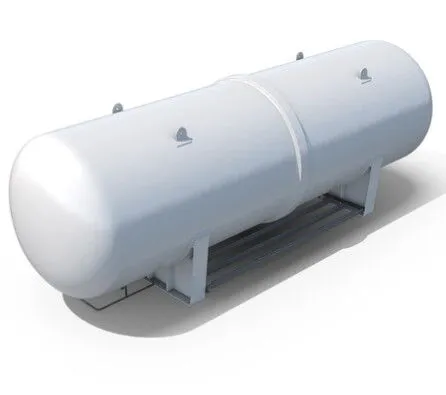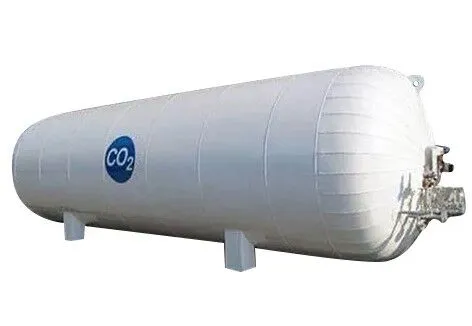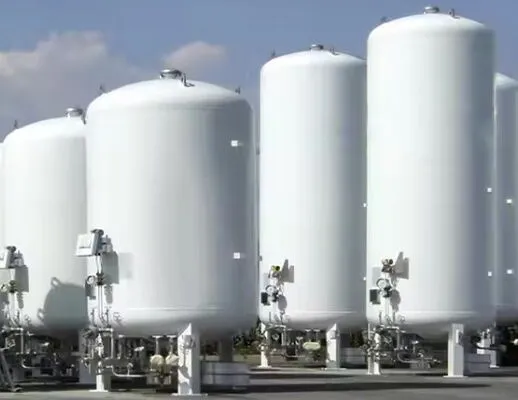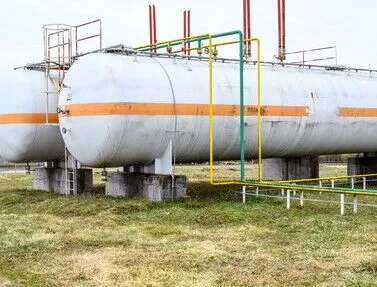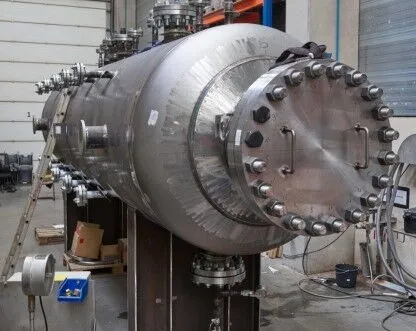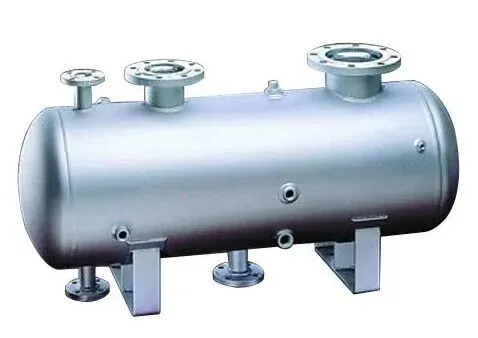Design, Construction and Operation of LNG Storage Tanks
Liquefied natural gas (LNG) is a key energy source widely used across many industries and commercial sectors. However, because of its flammability and explosiveness, LNG storage tanks have to meet strict safety, environmental, and technical standards. This article will dive into the operating conditions, design requirements, safety management, and filling processes for LNG storage tanks. It will also look at the challenges these tanks face and offer suggestions on how to address them with the right...

